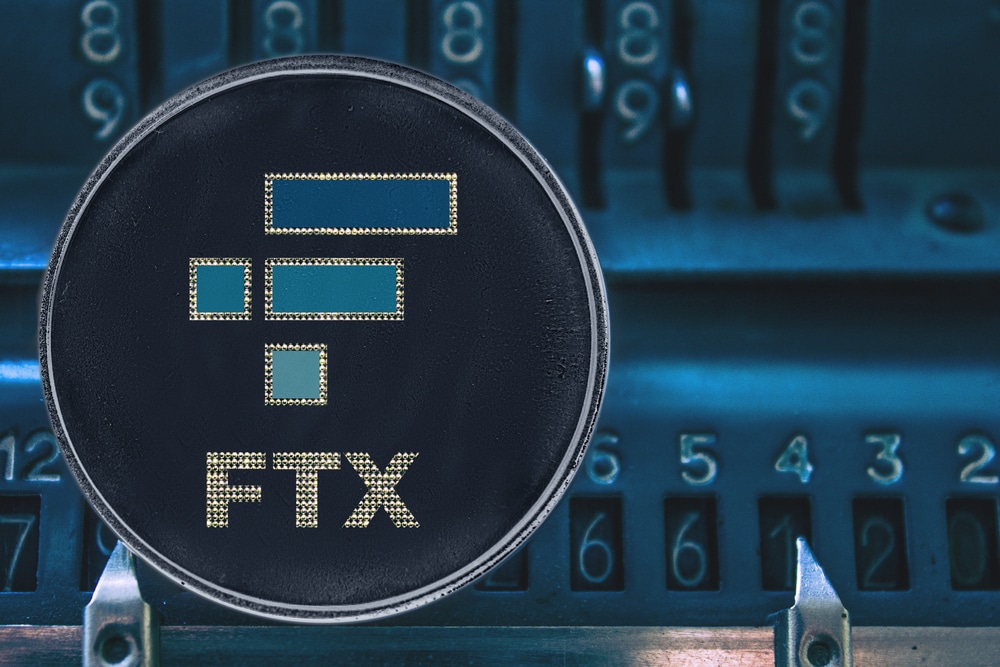In an unfolding trial in New York, Sam Bankman-Fried, the co-founder of the former FTX crypto exchange, has made surprising admissions about his grasp on cryptocurrency.
Surprising Admissions from FTX’s Co-Founder
During The Guardian’s real-time coverage of the trial, Sam Bankman-Fried acknowledged his initial lack of understanding about the cryptocurrency realm prior to the birth of FTX and its sibling hedge fund, Alameda Research. On record, he stated, he was clueless about their mechanics.
Reports indicate that when joining forces with co-founder Gary Wang, who later provided testimony against him, the duo was clueless about customer acquisition strategies.
In the context of FTX’s downfall, the line of inquiry by US Attorney Mark Cohen implied that the exchange’s operational dynamics or decisions made by Bankman-Fried weren’t inherently flawed.
Cohen brought attention to FTX’s client agreement, crafted in 2022, which carried clauses permitting the allocation of one customer’s funds to mitigate the losses of others under specific contexts, notably in futures trading scenarios.
The Central Role of FTT in FTX’s Downfall
Bankman-Fried touched upon FTT, the proprietary cryptocurrency of FTX, during his testimony. The significance of FTT in the unraveling of FTX and Alameda Research was profound.
A mass exodus of customer funds from FTX was triggered when it was disclosed that a significant portion of Alameda’s lending operations leaned heavily on FTT.
In his address, Bankman-Fried depicted FTT as a token that offered advantages to FTX’s clientele, rewarding account perks to its holders. He delved into the “buy and burn” mechanism, explaining that FTX allocated a segment of its weekly profits to purchase and subsequently destroy FTT tokens. This strategy aimed to bolster value for the FTT token holders.
Oversights in Leadership Acknowledged
The Guardian reported that during his testimony, Bankman-Fried painted the trajectory of his exchanges’ growth more as teething troubles rather than deliberate malfeasance.
He maintained that FTX’s borrowing practices were consistent with the operational framework of both the exchange and its affiliated hedge fund, Alameda Research. The emphasis was on risk management and ensuring assets surpassed liabilities; the specific ways in which users employed the funds wasn’t a focal point of their concerns.
Admissions of Managerial Shortcomings
Bankman-Fried conceded to making administrative blunders during his tenure, with the absence of a specialized risk management unit being the most glaring lapse. The defense has endeavored to depict Bankman-Fried as a math prodigy swamped by responsibilities, aiming to counter charges of willful misconduct.
As proceedings continue, the narrative oscillates between painting Bankman-Fried as either a scheming crypto kingpin or an ill-fated mathematical genius.
Although he refutes any fraudulent actions, Bankman-Fried doesn’t shy away from accepting notable miscalculations. The trial also delves deep into his past, spotlighting his MIT days and ties to FTX’s co-founder Gary Wang and the platform’s architect, Adam Yedida.
In the current market landscape, FTT, the native token of the exchange, is priced at $1,2714, marking a 1.4% ascent. This uptick rides on the back of a notable bullish wave seen over the recent month.

